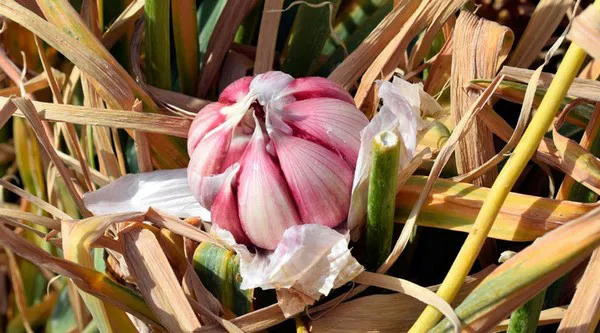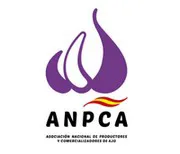Since the World Health Organization declared a few weeks ago that the coronavirus is an international health emergency, Chinese garlic exports have fallen, as have those of many other products from this Asian country. At the same time, consumers distrust the impact that the disease may have on foods coming from this country, whose food safety standards are not as high as the European.

Around 80% of the garlic sold in the world is grown in China, so the impact on the international market is remarkable. "The demand for Spanish garlic has skyrocketed," says Luis Fernando Rubio, director of the National Association of Garlic Producers and Marketers (ANPCA). “We have seen a significant increase in the number of orders from those markets that used to purchase a lot of Chinese garlic because of its competitive prices. As a result, prices have rebounded, although perhaps not as much as expected, considering the demand.”
According to the representative of this association, which accounts for a large share of the Spanish garlic production, many European importers are now realizing that the food security standards offered by the European production are higher than those of other origins. “It is something that we have been defending for a long time and which has never seemed to be appreciated. However, with the current situation, the qualities of Spanish garlic, which undergoes strict production and marketing controls, are becoming relevant. Moreover, the product has a lower carbon footprint due to its proximity to the European markets.”
“Now, with the Coronavirus sanitary emergency, the supply is a bit under pressure, since sometimes we are unable to meet all the orders,” says Luis Fernando Rubio. "We will have to see what is going to happen later with all the production that is being held in China and the impact that could have on the markets if there's an overlap with its new harvest."
Fortunately, according to Luis Fernando Rubio, China's domestic garlic consumption has been increasing over the past year, mostly due to the product's use as natural medicine. "The situation that the global garlic market is going through at the moment, together with the large increase in garlic consumption in Asia, is leading us to think that we will have a good campaign this year."
The acreage devoted to Spanish garlic was reduced by 3% in the 2019/2020 campaign, down to 27,594 hectares. However, the yields have been good, with the production volume reaching 274,641 tons, and the quality has improved thanks to the good weather conditions during the cultivation and harvest.
 For more information:
For more information:
Luis Fernando Rubio
ANPCA
T: +34 967161011
lfrubio@anpca.es
www.anpca.es
